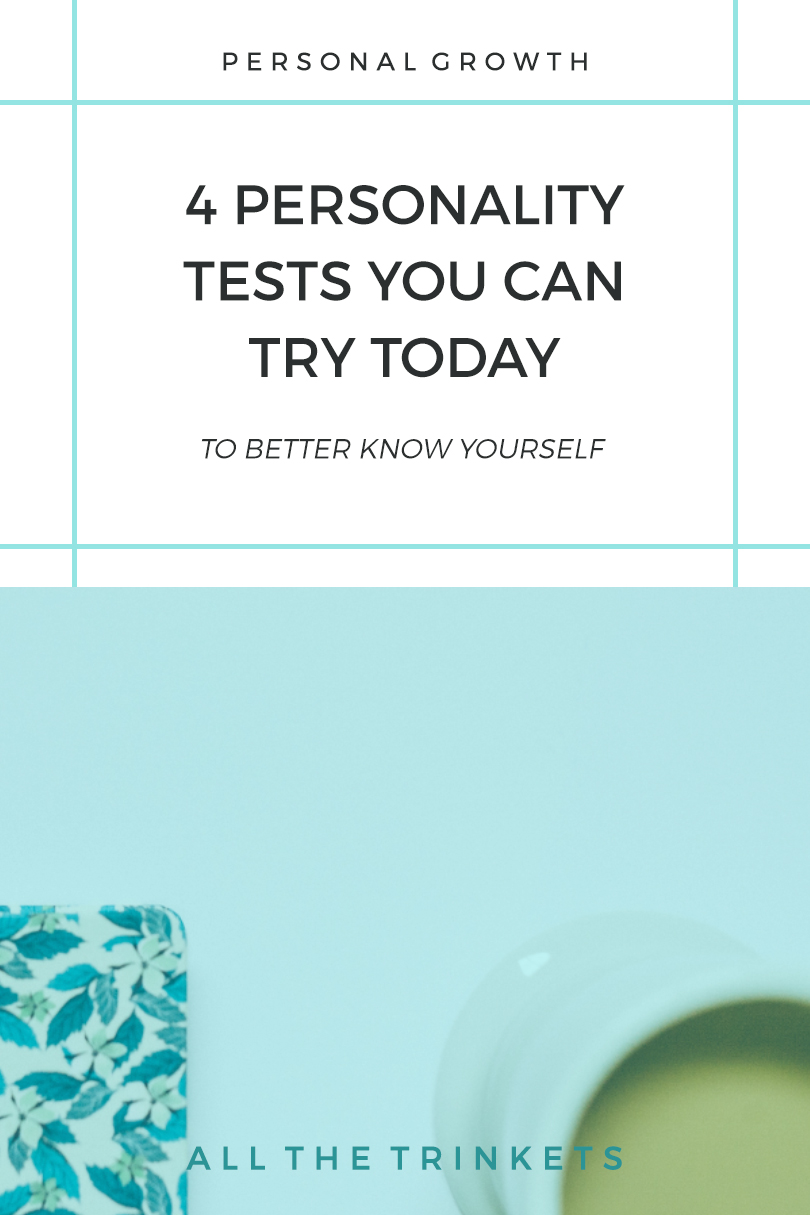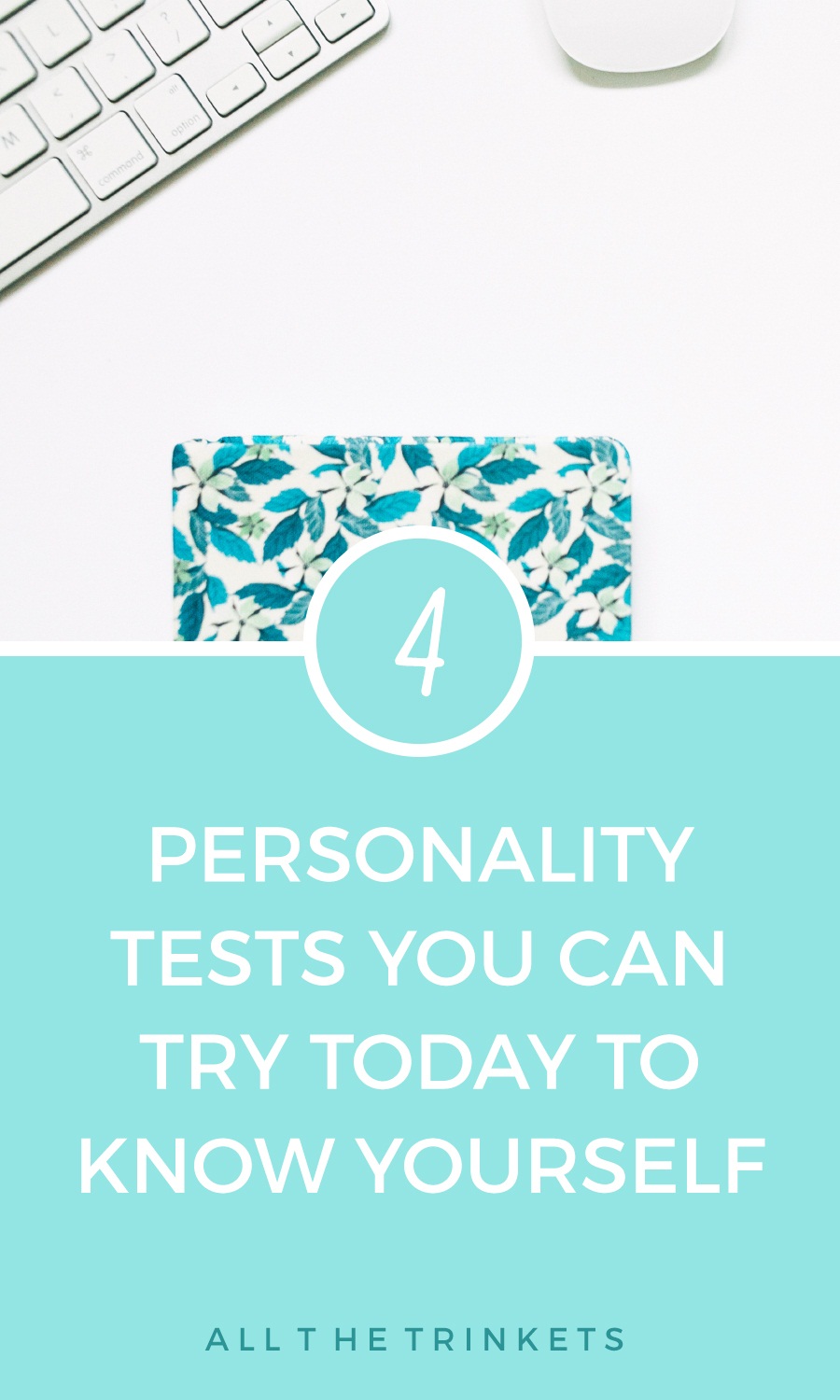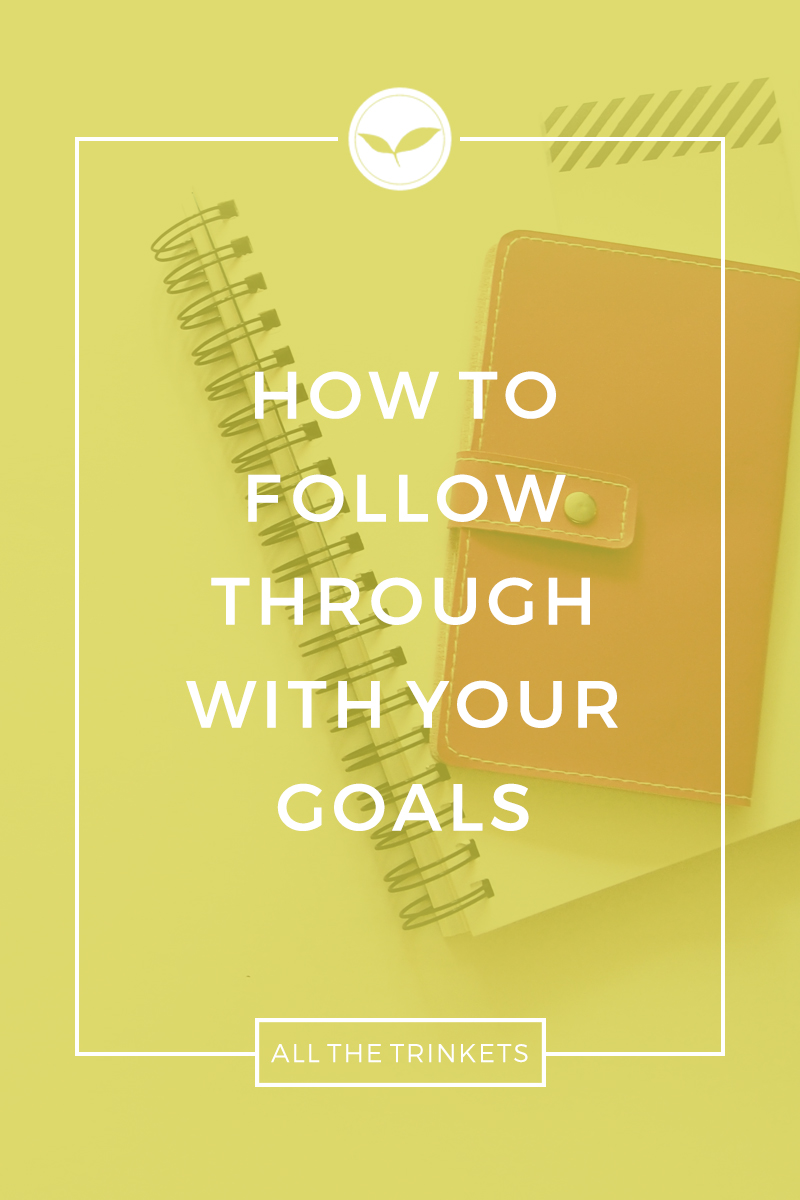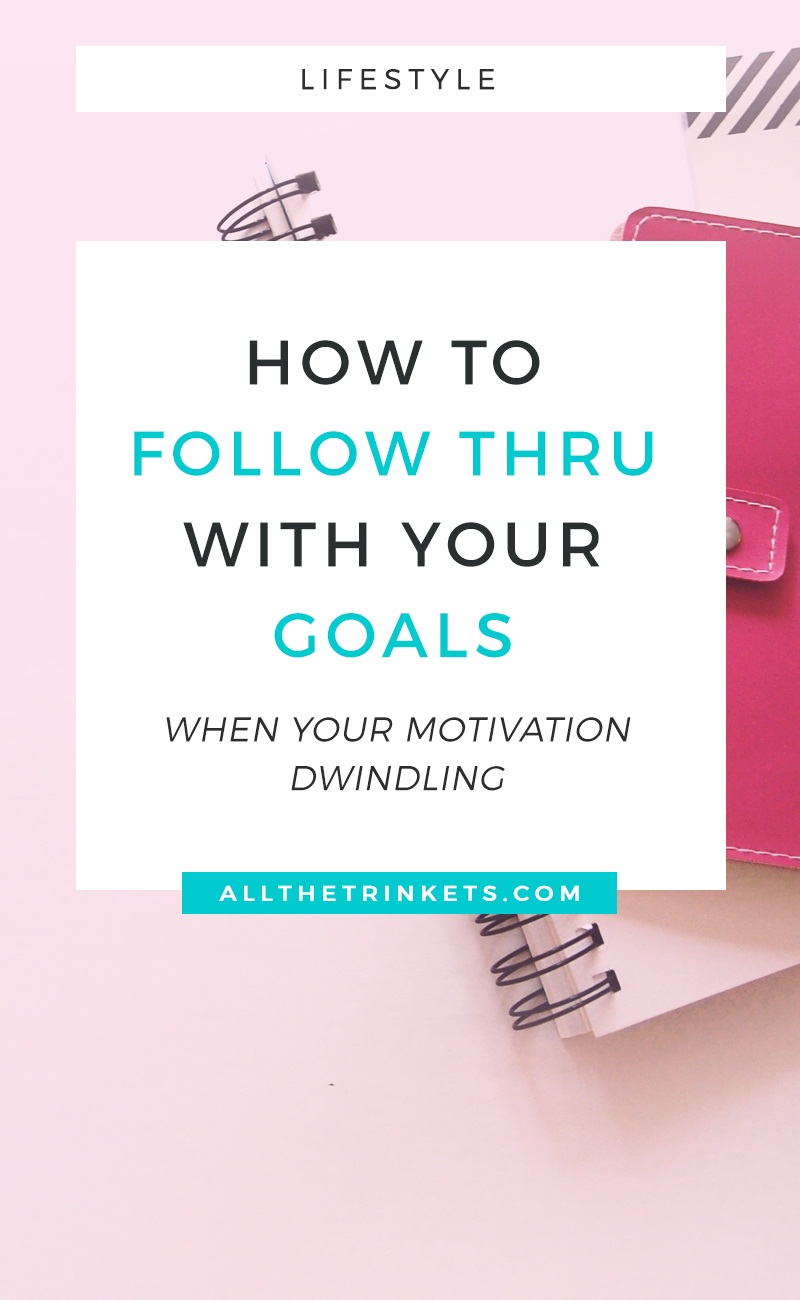See, I agree with Shrek when he said that ogres have layers. I also think that us humans, like onions and ogres, have layers. And much like how peeling an onion layer by layer is a slow, gradual process, so do peeling your own layers. As a twenty-something, I honestly believe that there’s still much of myself that I have yet to learn and get to know.
Which is why I find personality tests fascinating.
And no, I don’t mean the “What potato salad are you?” kind of personality test on Buzzfeed.
These four personality tests helped me learn more about why I act the way I act, what are valuable to me, how I act with others, and why I can’t – for the love of all that is good – follow through with personal goals.

Myers-Brigg Type Indicator
This is probably the most popular personality test in this list.
Myers-Brigg Type Indicator (MBTI) looks into four aspects of your personality: how you get energized, how you take in information, what means you use to make decisions, and how fast you can make a decision.
I took this personality test for the first time a few years ago in my General Psychology elective class. And surprise surprise, I got a 100% in Introversion back then. The great thing about this personality test is that it’s pretty accurate. I’m an INFP-T, according to the NERIS Type Explorer, which based its test on MBTI. And let me tell you: the description screams Kate!
With MBTI, you are able to identify your strengths and weaknesses, particularly in the process of making a decision and interacting with both people and ideas.
Four Tendencies
I’ve learned of the Four Tendencies from listening to Kelly and Carly of the Straight and Curly podcast. (Side note: If you’re looking for an awesome podcast on self-improvement, give them a listen!)
The Four Tendencies framework was created by Gretchen Rubin and it can help you identify how you respond to inner and outer expectations. This is particularly helpful when you’re trying to create new habits and achieve goals.
Related: How to Follow Through with Your Goals
You can take the test on Gretchen’s website, or maybe you’d know which tendency you are a part of just by reading the definition of each below:
Upholder – If you’re an upholder, you meet both inner and outer expectations so you don’t let others and yourself down. Upholders generally find creating habits easier than other people but they may still struggle.
Questioners – Questioners only meet inner expectations. They don’t do anything arbitrarily. They’re only going to do something if it makes sense. For instance, they could keep a resolution if it is extremely important but they won’t do it at a certain date like say, January 1st, just for the sake of it.
Obligers – Where questioners only meet inner expectations, obligers are the other way around. They only meet outer expectations. This means that they can easily achieve tasks and form habit if there was an external accountability involved. But they can’t do it on their own.
Rebels – As fairly named, rebels resist both inner and outer expectations. They would most likely cringe at the idea of creating routines and would generally try to live life with spontaneity.
The Attachment Theory
Coined and developed by Bowlby and Ainsworth, Attachment Theory examines the emotional bonds between people. They also suggested that our earliest attachments (aka back when we were all wee potatoes) have lasting impact on how we respond and act in our relationships as grownups.
There are four attachment styles, namely: secure, avoidant, ambivalent and disorganized. The attachment theory does not only examine the romantic relationships we have – although, some questions in the test do focus on that.
I am a mix of secure and ambivalent, leaning more on ambivalent. When taking the test, I suggest thinking of how you are with your friends and family also. You can find out what your attachment style is over here.
Enneagram
Enneagram was my recent personality test find. I know it’s been around for a long time, but I’ve only taken the test recently. And let me just say: my type was super accurate to me?? I couldn’t believe it???
The Enneagram Institute describes enneagram as “one of the most powerful and insightful tools for understanding ourselves and others.” The idea here is that we’re dominantly defined by one type, but that we may also have a bit of the other eight types.
I am a Type 4, also known as the Individualist, which was pretty spot on, if I say so. You can try a free enneagram test here and learn about your type in-depth on the Enneagram Institute’s website.
I WANT TO HEAR FROM YOU!
Have you tried any of the personality tests above? What are your results?
xx Kate
LOVE THIS POST? DON’T FORGET TO PIN IT!

Photos from Ivory Mix












